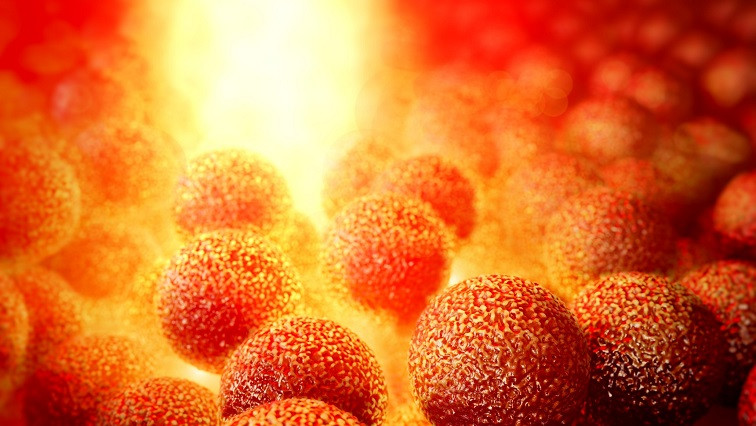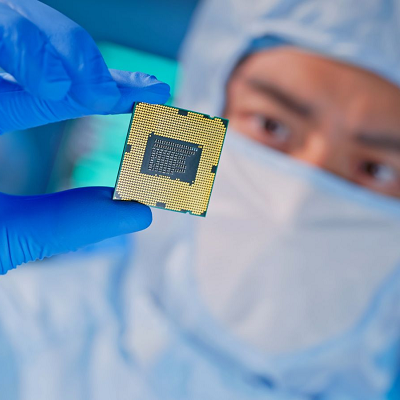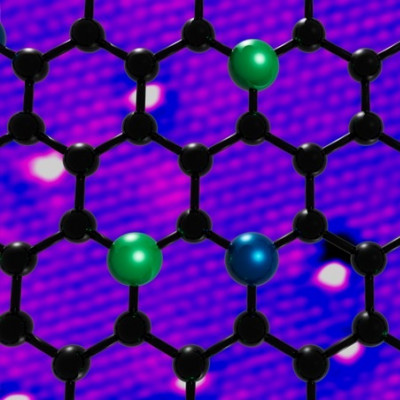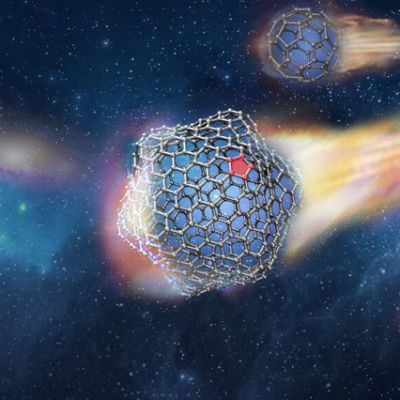In a significant advancement for metal additive manufacturing, researchers at Lawrence Livermore National Laboratory (LLNL) and their academic partners have developed a groundbreaking technique that enhances the optical absorptivity of metal powders used in 3D printing.
The innovative approach, which involves creating nanoscale surface features on metal powders, promises to improve the efficiency and quality of printed metal parts, particularly for challenging materials like copper and tungsten, according to researchers.
Additive manufacturing (AM) — more commonly known as 3D printing — has transformed the way products are designed and produced, allowing for the creation of complex geometries and customized components that traditional manufacturing methods struggle to achieve. However, one of the persistent challenges in laser powder-bed fusion (LPBF) metal 3D printing is the high reflectivity of certain metals, which can lead to inefficient energy absorption during the printing process and can even damage some printing machines. This inefficiency often results in inadequate print quality and increased energy consumption, according to researchers.
Tackling this issue head-on in a study published as the September cover of the journal Science Advances, a team led by scientists from LLNL, Stanford University and the University of Pennsylvania has introduced a novel wet chemical etching process that modifies the surface of conventional metal powders. By creating nanoscale grooves and textures, the researchers reported they have increased the absorptivity of these powders by up to 70%, allowing for more effective energy transfer during the laser-melting process.
“Currently, with standard commercial laser-based machines, high-quality pure copper metal AM is generally considered infeasible,” said co-lead author and LLNL materials scientist Philip DePond. “Our method combines the effects of traditional surface treatments [that increase absorptivity] but doesn’t compromise the purity or material properties of copper that make it desirable — namely its high thermal and electrical conductivity. More fundamentally, we showed that laser-powder interactions extend to regions beyond the melt pool. This has been shown in simulations, especially those of high-fidelity done at LLNL, but not really detailed experimentally. We demonstrated that those interactions exist and can be beneficial to the process.”
The wet-etching technique is relatively simple, but highly effective, researchers said. The team immersed metal powders, such as copper and tungsten, in specially formulated solutions that selectively removes material from the surface. This process results in the formation of intricate nanoscale features that enhance the powder's ability to absorb laser light. To characterize the surface features of the etched powders, the researchers employed advanced imaging techniques including synchrotron x-ray nanotomography, which provided detailed 3D representations of the powder particles, allowing the team to analyze and accurately model the electromagnetic influence of the nanoscale modifications.
The team conducted extensive experiments, to demonstrate and attribute the mechanism of increased absorptivity to the modified powders. Process optimization studies and eventually bulk and complex sample printing were performed using custom-built LPBF systems housed at LLNL’s Advanced Manufacturing Laboratory and MIRILIS laser-material interaction laboratory.
Researchers said the enhanced absorptivity of metal powders is a promising step forward for reducing energy consumption in manufacturing, particularly as the demand for more sustainable and efficient manufacturing processes continues to grow. One of the team’s key findings was that they could print high-purity copper and tungsten structures using lower energy input, less than 100 J/mm3 for copper, which is around the range for high density titanium and stainless-steel alloys, and ~700 J/mm3 for tungsten, around 1/3 less energy than is typically employed.
“In a broad sense, we are enabling the printing of copper without the risk of damaging the AM system itself,” DePond explained. “The process parameter window becomes wider as well, which allows a wider variety of scanning conditions to be explored, which often are needed when printing complex geometries. Finally, a handful of machine manufacturers have even gone the great lengths of creating entirely new machines to process copper and other highly reflective materials. These turn out to be nearly double the cost of a traditional machine, so the barrier of entry to printing these materials is prohibitively high.”
The potential applications of the findings could have an immediate impact on production. Researchers said the ability to print with less energy not only reduces operational costs but also minimizes the environmental impact of the manufacturing process and opens copper 3D printing up to a whole new contingent of producers.
“This method enables even commercial machines of fairly low laser power output to print copper, thus democratizing the process and providing access to a wider community,” Energy Security Program leader Dan Flowers said, adding that he hopes the work will allow industry to better utilize copper in advanced manufacturing. “From heat exchange to catalysis, more efficient printing of copper supports development of many clean energy and decarbonization technologies,” Flowers said. “The LLNL community and our low-carbon energy mission stand to benefit from this capability.”
The enhanced absorptivity and improved powder dynamics also could enable the production of high-quality printed parts with greater relative densities. In their experiments, the researchers achieved relative densities of up to 92% with half the energy input compared to other printed copper components, and over 99% with higher energies, indicating the potential for producing stronger and more durable metal parts.
The team is next looking to examine the effects of nanotexturing on elemental mixing of powders, such as materials that typically need drastically different energies to melt. Funding for the research came from the National Science Foundation, the U.S. Department of Energy’s Office of Science, and LLNL.
Read the original article on Lawrence Livermore National Laboratory (LLNL).







